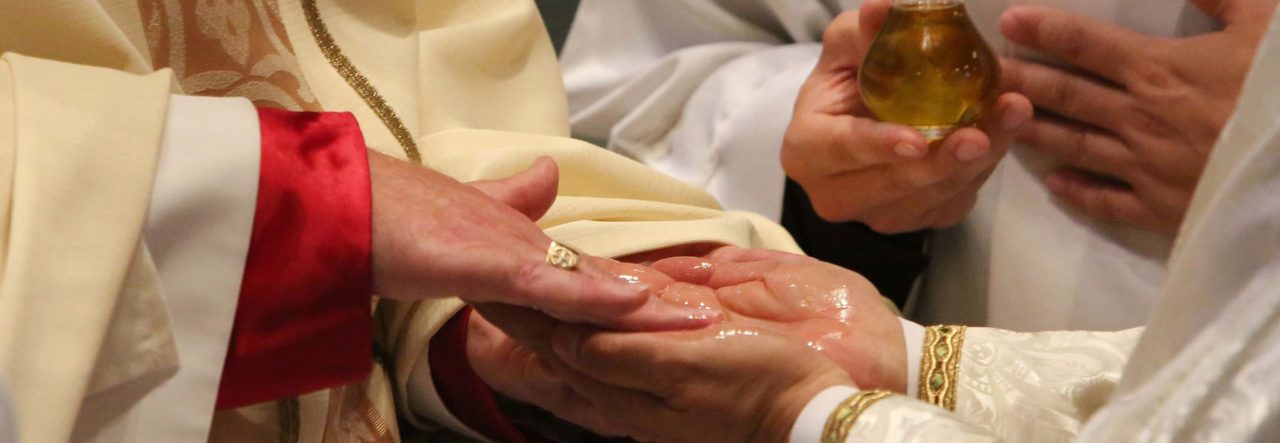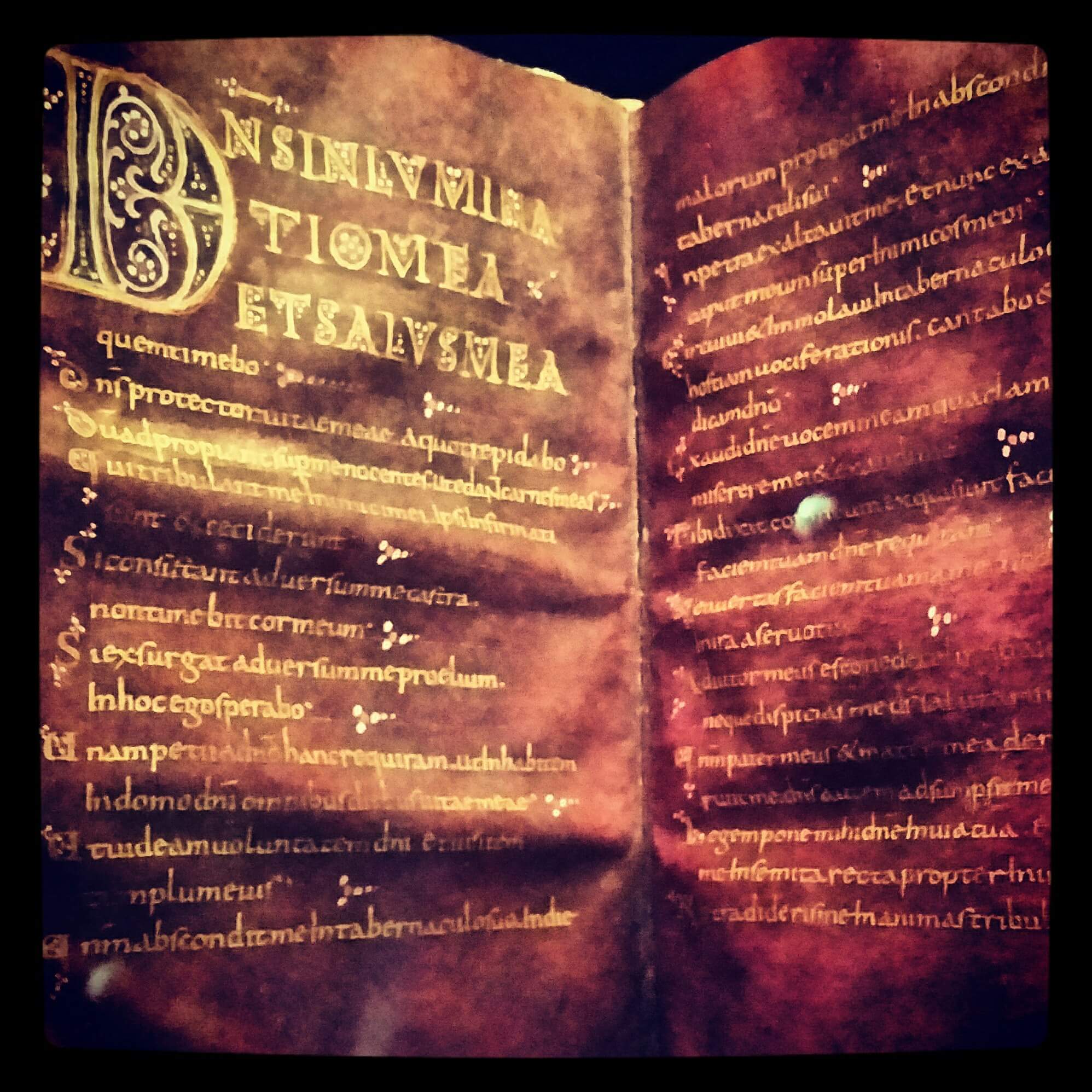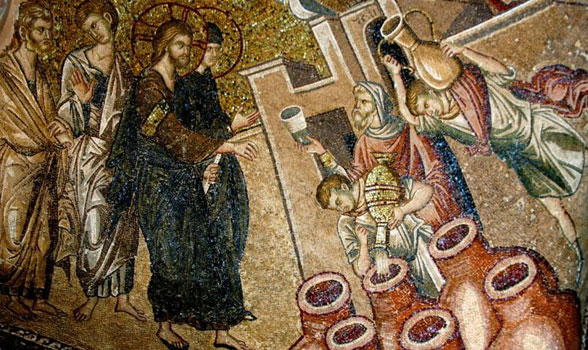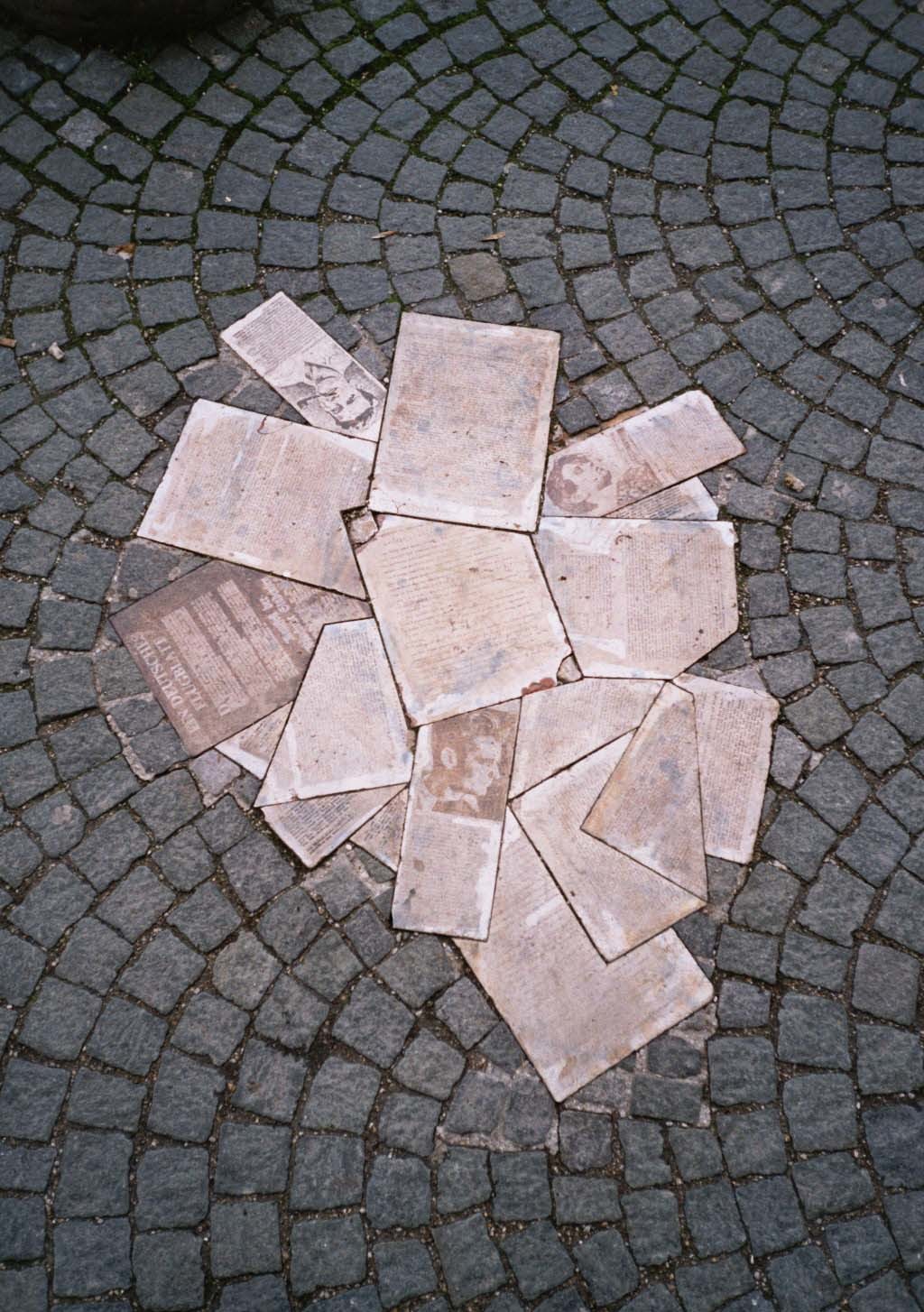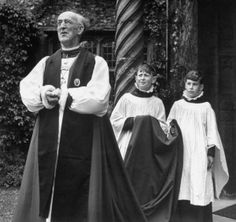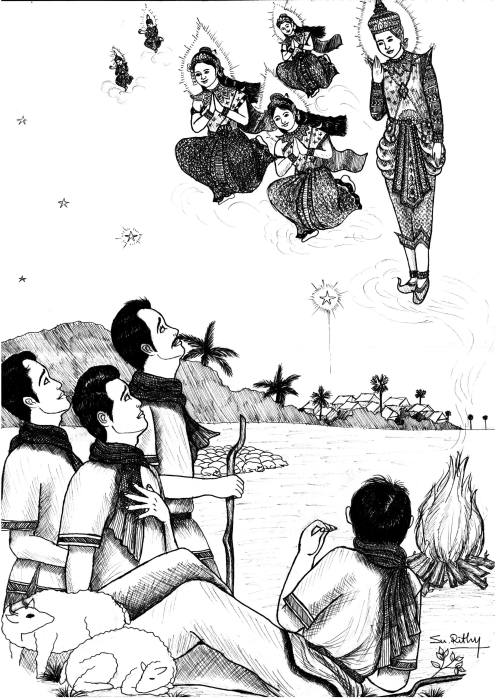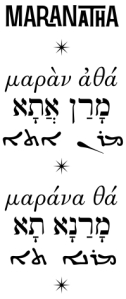 Yesterday evening, I was down at Westminster Central Hall for the Christian Socialist Movement AGM and the following Tawney Dialogue. Unlike other sections of the Labour Party, the CSM still uses the word ‘socialist’, and is actually proud to do so. It makes a refreshing change to hear people talking openly about praying for socialism, or interceding for the renationalisation of the railways. Although the CSM does not represent the left wing of the party, it does bring a radical commitment to social justice that often seems to be absent from the discourse of the party’s right.
Yesterday evening, I was down at Westminster Central Hall for the Christian Socialist Movement AGM and the following Tawney Dialogue. Unlike other sections of the Labour Party, the CSM still uses the word ‘socialist’, and is actually proud to do so. It makes a refreshing change to hear people talking openly about praying for socialism, or interceding for the renationalisation of the railways. Although the CSM does not represent the left wing of the party, it does bring a radical commitment to social justice that often seems to be absent from the discourse of the party’s right.
This year’s Tawney Dialogue was titled ‘Will the general election make any difference to the family?’ with Ann Holt, Director of Programme at the Bible Society, Elaine Storkey, philosopher, sociologist and theologian, and Ed Balls, Secretary of State for Children, Schools and Families.
